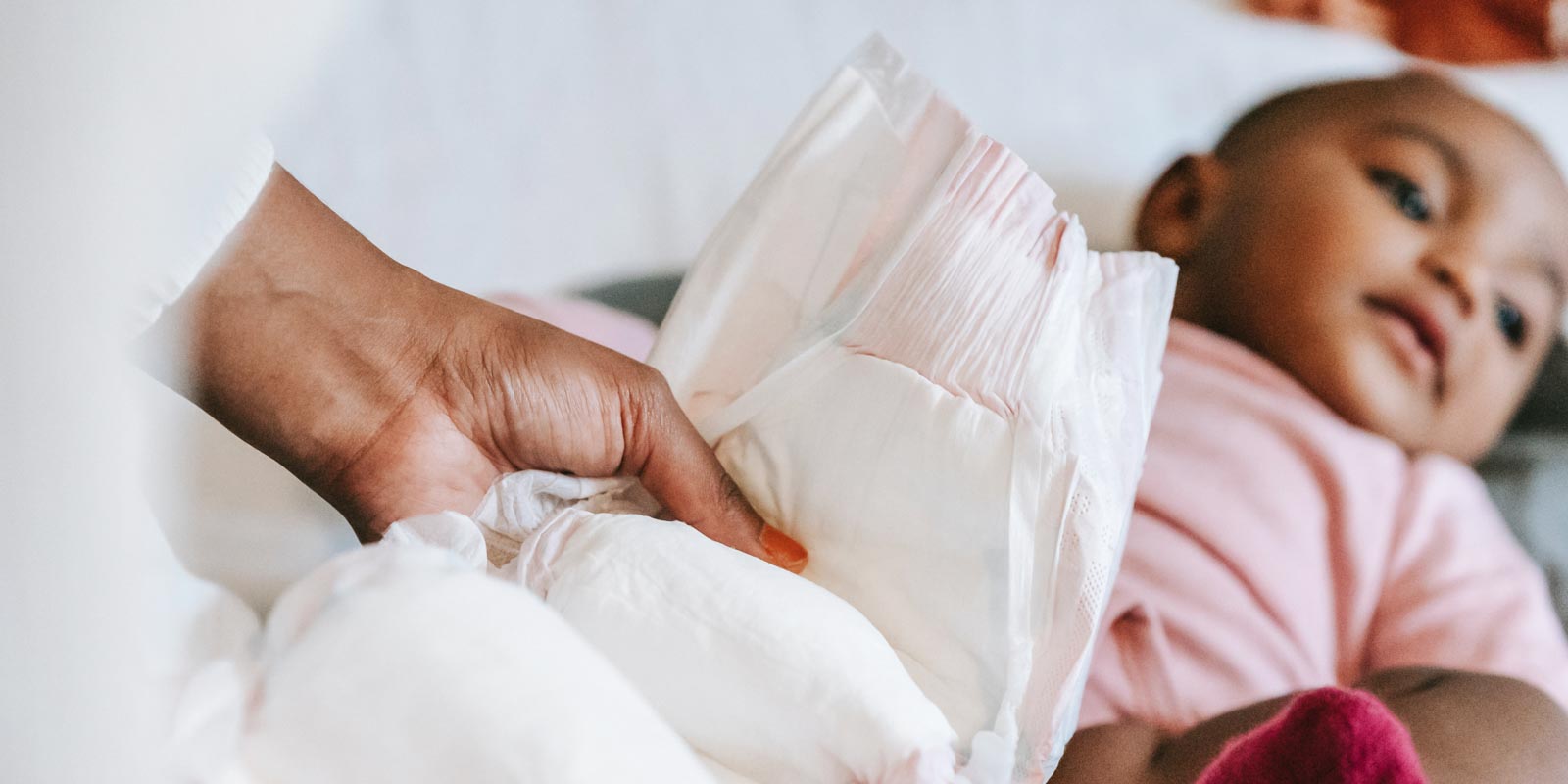
Nappies and or toileting is a prominent part of a young child's daily routine. Early childhood educators can maximise the opportunity to build relationships, and promote independence and hygiene.
NQS and EYLF
The National Quality Standard requires early childhood education providers to promote each child's agency, enabling them to make choices and decisions that influence events and their world (1.2.3), promote hygiene practices (2.1.2), and maintain the dignity and rights of every child (5.1.2).
Toileting and nappy changes provide a rich opportunity for learning. Educators can include toileting in programming under the Early Years Learning Framework so children:
- feel safe, secure, and supported (1.1)
- take increasing responsibility for their own health and physical wellbeing (3.2)
- and show commitment, enthusiasm, persistence and confidence (4.1) while learning to use the toilet independently.
Learning environments
Add toileting items to your home corner
Children engage in role play to explore their emotions and develop an understanding of the big issues in their lives. Add nappy changing and toilet training items to your home corner: nappies, underpants, potties, wipes, change mats, disposable gloves, and dolls.
Practice self-help skills
Independent toileting is not one skill for children to learn, it is a series of separate skills. Help children with toilet training by developing these skills individually:
- Dressing and undressing.
- Awareness of body functions and sensations.
- Correct knowledge and labelling of relevant body parts.
- Confidence to sit on a potty or toilet.
- Wiping private parts hygienically and flushing the toilet.
- Washing hands hygienically.
- Asking a trusted adult for help when required.
Events
19th November is World Toilet Day
Resources
Picture books
Everybody Poos by Taro Gomi
Music
- Teeny Tiny Stevies: On the toilet
- The Wiggles: The toilet song
Websites
Curious Kids: How does my tummy turn food into poo?
